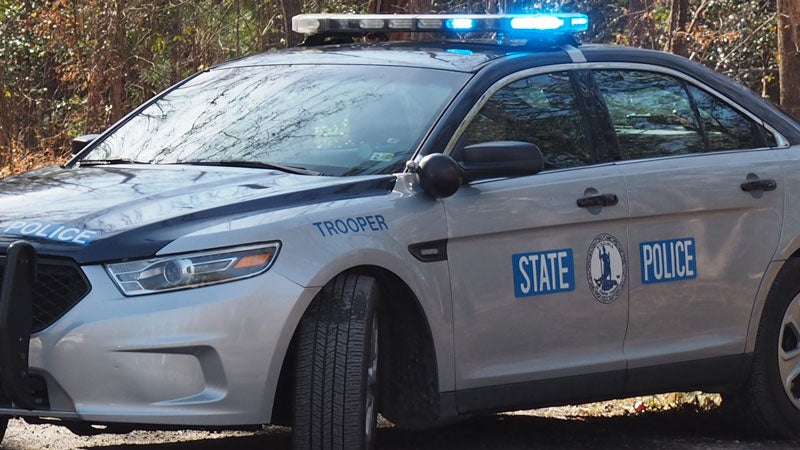IW schools face achievement, attendance challenges
Published 6:55 pm Tuesday, December 29, 2020
Students, teachers and families are dealing with a landslide of coronavirus-related challenges.
There’s changing schedules and new technology platforms. There’s masks and social distancing. Important experiences like sports, clubs and homecoming are curtailed or canceled. And now, nine weeks into the school year, another unfortunate realization — a lot of students have failing grades in their classes.
Isle of Wight school leaders have launched a plan to help students raise their grades.
Starting this month, high school students who were at risk of failing a class or failing end-of-course standards of learning tests in January were invited to participate in remedial sessions. Students will have an opportunity to work with teachers to complete missing assignments and demonstrate proficiency of course material.
Michael Lombardo, the school division’s assistant superintendent, told the school board at a Dec. 10 meeting that so far this year, 10% of elementary students, 23% of middle school students and 29% of high school students had at least one failing grade during the first nine weeks. That’s up from 5%, 9% and 11% for elementary, middle and high school students, respectively, when compared to the first quarter of 2019-20.
That equals 255 elementary students, 237 middle school students and 538 high schoolers.
“We know that what’s been happening since March has had a great impact on our students,” he said.
Remedial sessions for elementary and middle school students are scheduled to start in January after the holiday break. They will run into the second semester as needed. Initially, the division planned to offer in-person sessions but they will now be virtual only as the division announced Dec. 16 it was moving to virtual only learning for all students for two weeks after the winter break in order to mitigate the spread of COVID-19.
Lombardo also reported attendance data.
Thirteen percent of elementary students were absent four or more days in the first quarter. That’s down slightly from the same time last year, when 15% of students had the same number of absences. Three percent of middle school students were absent in the first nine weeks of the 2020-21 school year, down from 14% last year and 5% of high school students were absent four or more days during the first quarter, down from 16% last year.
That’s 333 elementary students, 36 middle schoolers and 96 high school students.
Board member Vicky Hulick said the difference between attendance and achievement is likely due to the huge learning curve everyone faced as they adapted to virtual learning platforms, new schedules and different expectations. Now that everyone is more accustomed to the changes, Hulick suggested that grades and attendance might improve for the next academic term. Lombardo agreed with her perspective.
According to the Virginia Department of Education, attendance must be checked daily regardless if students are following an in-person or virtual learning plan. Attendance is measured two ways — time based, which tracks if a student is physically present in school or logged into a live virtual learning session — and work based, which tracks if students complete and submit their assignments on time.
That makes for a more complicated process to reconcile student attendance but “school divisions obviously need to determine attendance differently during the pandemic so that we do not punish students for circumstances that are beyond their control,” Lombardo said.
For 100% virtual students, the student is considered present if they’re in the Zoom or if they submit the expected work. For work-based attendance, students have five school days to submit assignments.
“You can understand the plethora of reasons why a family may experience difficulty having their student in a Zoom on any given day. That’s the reason for the [work]-based attendance,” Lombardo told the board.
School closed for winter break on Dec. 18 and is set to reopen Jan. 4 with virtual only learning.





